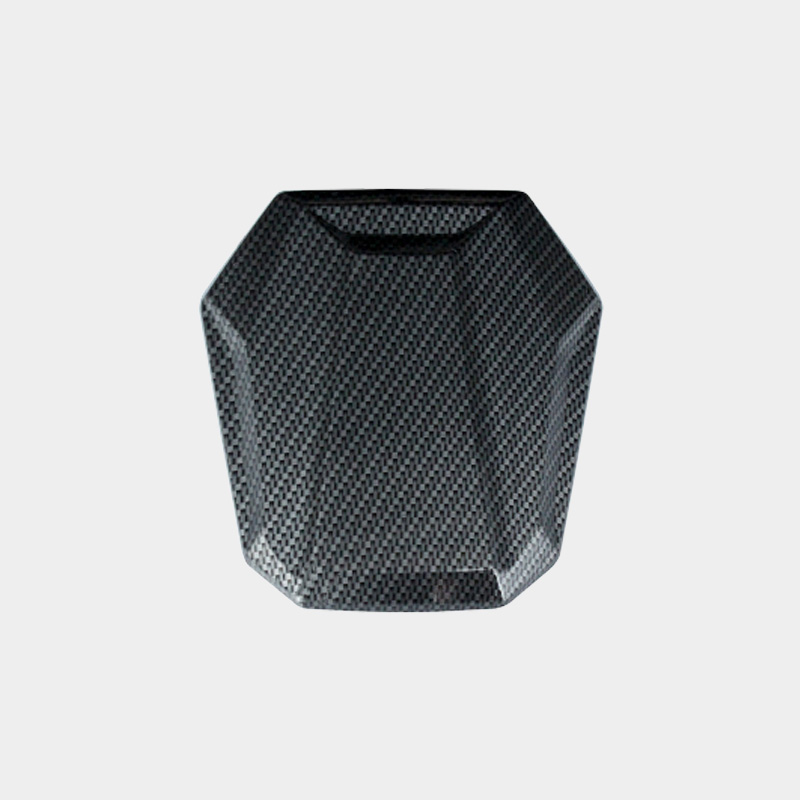Temperature control occupies a very important part in p […]
Temperature control occupies a very important part in plastic mold processing and injection Automotive Mould. It can determine whether the product made is good or bad. Even if you make it and hand it over to the customer, you will lose the customer's trust in you and cause damage. The loss of the company, to be said in a small way, does not matter if it is a big deal, redo it, these are not needed, but you have to remember that these are actually a waste of the company's resources.

1. Barrel temperature: The temperature that needs to be controlled in the injection molding process includes barrel temperature, nozzle temperature and mold temperature. The first two temperatures mainly affect the plasticization and flow of plastics, while the latter temperature mainly affects the flow and cooling of plastics. Each plastic has a different flow temperature. For the same plastic, due to different sources or grades, its flow temperature and decomposition temperature are different. This is due to the difference in average molecular weight and molecular weight distribution. The plasticizing process in the machine is also different, so the selection of the barrel temperature is also different.
2. Nozzle temperature: The nozzle temperature is usually slightly lower than the top temperature of the barrel, which is to prevent the "drooling phenomenon" that may occur in the straight-through nozzle. The temperature of the nozzle should not be too low, otherwise it will cause the premature solidification of the molten material and block the nozzle, or the performance of the product will be affected due to the injection of the early solidified material into the mold cavity.
3. Mold temperature: The mold temperature has a great influence on the intrinsic performance and apparent quality of the product. The temperature of the mold depends on the presence or absence of plastic crystallinity, the size and structure of the product, performance requirements, and other process conditions (melt temperature, injection speed and injection pressure, molding cycle, etc.).
Taizhou Huangyan Chuangji Mould Industry Co.,Ltd.